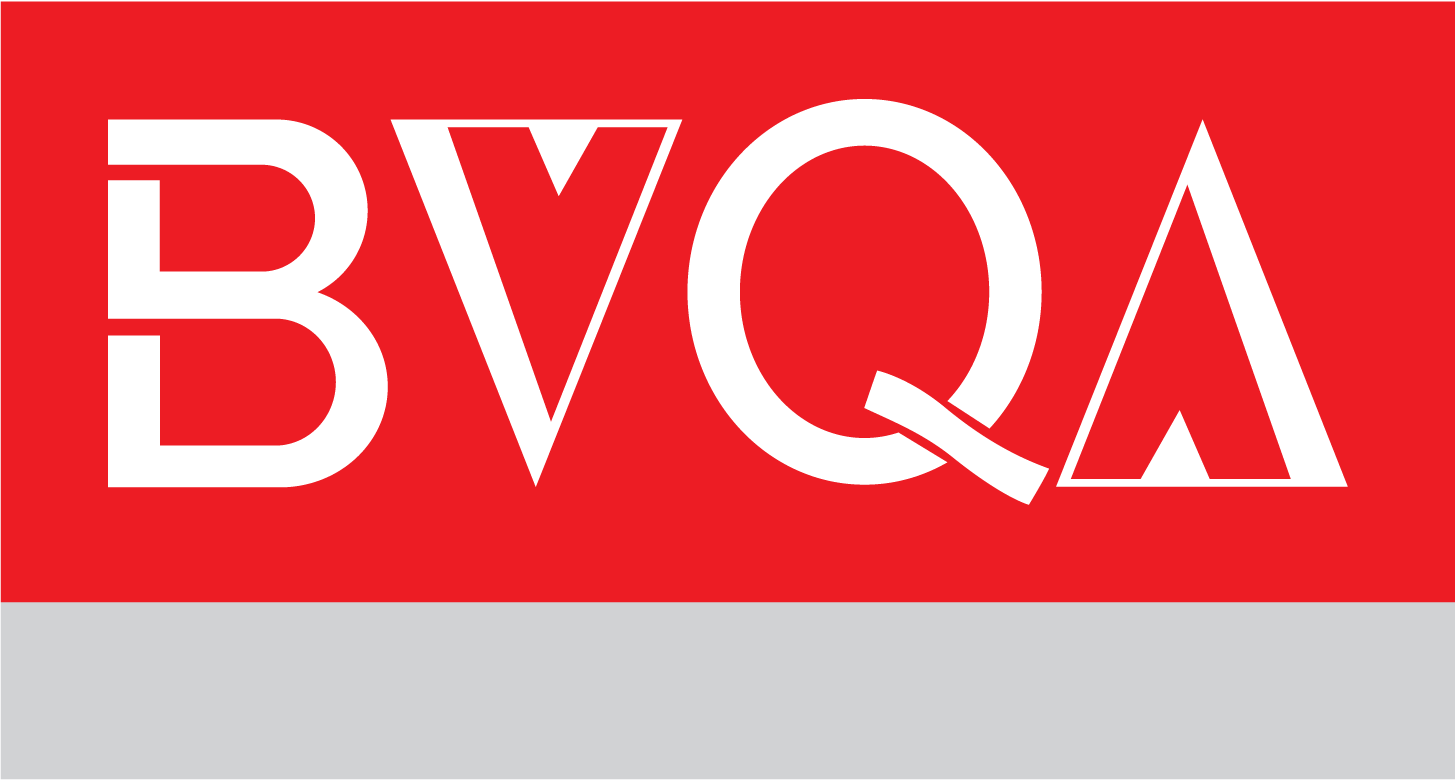
ISO 50001
ISO 50001:2018 – Energy Management System
Using energy efficiently helps organizations save money as well as helping to conserve resources and tackle climate change. ISO 50001 supports organizations in all sectors to use energy more efficiently, through the development of an energy management system (EnMS).
ISO 50001 is the International Standard for Energy Management, firstly released in June 2011 that replaces the British and European Standard BS EN 16001:2009, and lately revised on 21 August 2018.
ISO 50001 is based on the management system model of continual improvement also used for other well-known standards such as ISO 9001 or ISO 14001. This makes it easier for organizations to integrate energy management into their overall efforts to improve quality and environmental management.
ISO 50001:2018 provides a framework of requirements for organizations to:
- Develop a policy for more efficient use of energy
- Fix targets and objectives to meet the policy
- Use data to better understand and make decisions about energy use
- Measure the results
- Review how well the policy works, and
- Continually improve energy management.
What energy use goals does ISO 50001 include?
ISO 50001 does NOT include energy use goals. ISO 50001 simply ensures that you have a credible and effective management process in place to reach your energy use goals. You set your own goals in accordance with your own requirements and vision.
What kinds of organizations might benefit from an ISO 50001 energy management system?
Any organization that uses energy can benefit from implementing an energy management system. Manufacturers, IT operations, airports, heavy equipment operations, food processors, and chemical and pharmaceutical plants are just a few of the candidates that would most benefit from an ISO 50001 energy management system. The greater your energy use, the more you will benefit.
Are there any other benefits to developing an ISO 50001 energy management system?
There are many benefits to developing and implementing an ISO 50001 energy management system. Among them are:
- Reduced energy consumption as projects are implemented;
- Controlled energy costs as energy use is reduced;
- Improved O&M as equipment use declines or is throttled back, and energy monitoring yields performance information;
- Decreased environmental impact from waste;
- Preparation for emissions tracking and reporting regimes;
- Public credibility for energy consciousness;
- An engaged and aware workforce as workers are drawn into the energy management process, resulting in decreased recruitment costs.
What does it take to develop an ISO 50001 Energy Management System?
This varies depending upon the kind of processes being managed, the scope of the plan, the variety of energy sources used, and whether or not an organization already has some other ISO plan and mechanisms in place. In broad terms, however, an ISO 50001 EnMS takes 12 to 18 months to develop and implement. It requires an internal 'Energy Leader' and a small team of employees to develop the system, and set it in motion.
